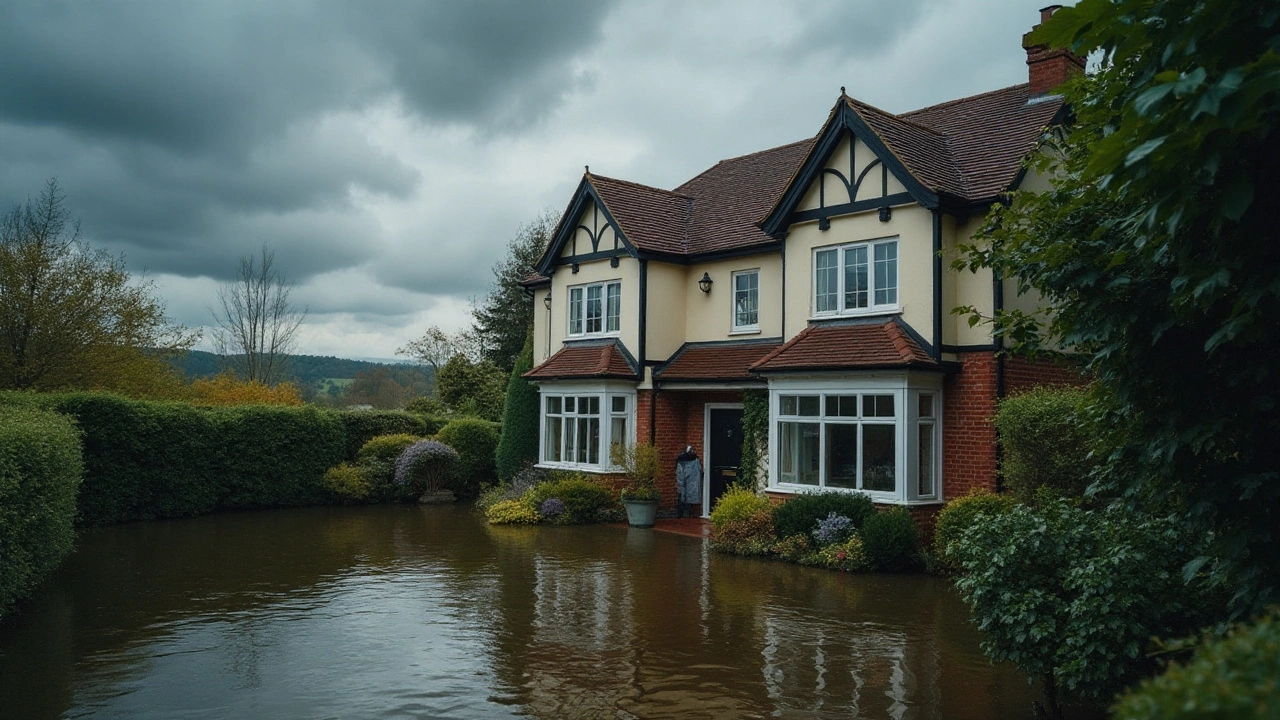Coverage Gaps – Why They Matter and How to Close Them
Ever paid a bill only to discover your policy didn’t cover it? That moment is the classic sign of a coverage gap. A gap is any area where your insurance, savings or investment plan leaves you exposed. When those holes line up, a single unexpected event can blow a hole in your budget. The good news? You can spot and seal most gaps with a few focused actions.
Common Areas Where Gaps Slip In
Home insurance is a frequent culprit. Many homeowners think their policy covers everything, but things like flood damage, accidental water leaks or outbuildings often need extra riders. The same goes for car insurance – if you drive a high‑performance model, standard coverage might not meet the lender’s requirements.
Health and life policies also hide gaps. A basic health plan may pay for hospital stays but not for dental work or physiotherapy, leaving you to foot the bill. Life insurers sometimes exclude certain illnesses unless you add a critical‑illness rider.
Retirement savings can have hidden shortfalls too. A popular mistake is assuming a pension will cover all living costs in retirement. In reality, inflation, healthcare expenses and long‑term care can eat into your nest egg if you haven’t built a separate cushion.
Practical Steps to Plug the Gaps
Start with a quick inventory. List every policy you own – home, auto, health, life, pet, travel – and note what each one explicitly covers. Then write down the risks you face: floods, theft, medical expenses, market downturns, etc. Compare the two lists and flag anything that’s missing.
Next, talk to your provider. Ask for a “coverage gap analysis” or a simple clarification of exclusions. Most insurers will walk you through optional add‑ons that cost a little extra but can prevent a big loss later.
Don’t forget the non‑insurance side. Build an emergency fund that covers three to six months of living costs. That cash buffer protects you if a claim is denied or takes time to process.
For retirement, run a “future‑cost calculator”. Estimate your monthly expenses at age 70, factor in inflation, and compare the result to your projected pension income. If there’s a shortfall, consider a mix of ISAs, bonds, or a low‑risk investment plan to bridge the gap.
Finally, review everything at least once a year. Life changes – a new job, a move, a growing family – can introduce fresh gaps. A quick check keeps your protection up to date without the hassle of a full audit.
Want deeper dives? Our tag page bundles articles that walk you through each topic step‑by‑step: from choosing the right ISA to understanding the 20% credit‑card rule, from equity release basics to remortgaging benefits. Click through the headlines below, pick the one that matches your current worry, and start closing those gaps today.
Common Gaps in Homeowners Insurance Coverage

Homeowners insurance is essential for protecting your most valuable asset, but certain aspects of your home might not be covered by standard policies. Understanding these exclusions helps you prepare for unexpected expenses and fill coverage gaps. Typically, issues like flooding and mold damage are not included, often catching homeowners by surprise. With insightful tips and practical guidance, this article sheds light on what is usually not covered, enabling you to safeguard against unforeseen circumstances effectively.
Read More >>